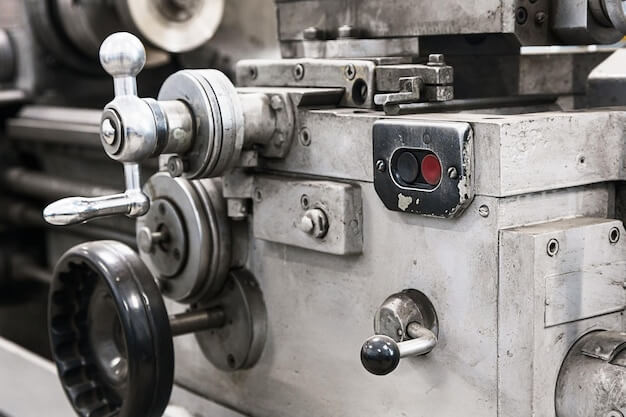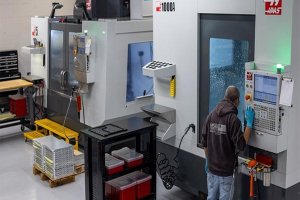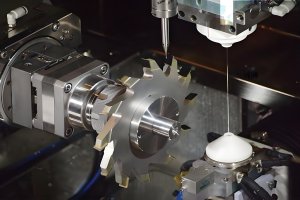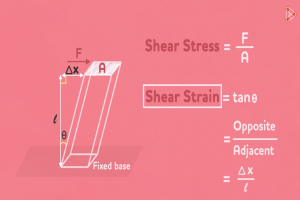Pioneering Chrome Removal in CNC
Computer Numerical Control (CNC) machines are pivotal to the manufacturing industry, offering pristine accuracy and repeatability in a wide range of tasks – from simple drilling to multifaceted 3D cutting. The advent of these machines has revolutionized industries by fostering productivity, efficiency, and quality control standards. An essential component within this system is chrome, recognized for its high corrosion resistance and surface hardness. In a CNC context, chrome played an integral role as it provided an added layer of durability to components, extending their service life under harsh operational conditions. However, challenges stemming from environmental concerns have necessitated the need for innovative solutions like pioneering chrome removal technologies.
Online CNC Milling Service | Get Instant Quote | Want.Net
Importance of Chrome in CNC Processes
The application of a chrome coating on Computer Numerical Control (CNC) machinery components significantly enhances its performance, durability and longevity. This is mainly because chrome offers unmatched hardness and resistance to wear, reducing the rate of mechanical component attrition thereby extending the life cycle of the machine parts. It also provides superb corrosion resistance, safeguarding these vital components against the damaging effects of rust from exposure to harsh elements during operation. In addition, with its low friction characteristics, chrome coated CNC equipment result in improved energy efficiency due to minimized heat generation and reduced power consumption. Furthermore, it aids in achieving precise manufacturing outcomes by fostering consistent, high quality cuts thanks to its anti-galling properties. Therefore, the utilization of chrome coating in CNC processes represents a gold-standard choice that boosts both operational efficiencies and economic savings.
Addressing Chrome Layer Removal Challenge
The process of removing chrome from CNC tools presents several challenges. First and foremost is the strength and durability of chrome, which makes it resistant to most elimination methods. In practice, any improper or inadequate method can result in tool damage, leading not only to financial loss but also possible machine down-time. Abrasive stripping techniques may scar the surface of tools and potentially degrade their performance. Furthermore, chemical stripping often involves hazardous substances that pose health risks and environmental safety concerns. Each of these problems underscores the need for innovative, efficient and safe methodologies for chrome layer removal from CNC tools.
The Necessity for Pioneering Chrome Removal Solutions
In the realm of CNC machining, the critical need for innovative chrome removal solutions cannot be underscored enough. Effective and efficient chrome extraction is pivotal in modern manufacturing operations due to increasing environmental regulations and safety concerns associated with traditional chrome stripping methods. Traditional techniques often involve toxic chemicals such as hexavalent chromium — a potent carcinogen that can cause severe health issues for workers and lead to significant ecological damage during disposal. Besides, these conventional approaches are time-consuming and lack the precision needed to maintain high-quality output in today’s competitive industrial landscape. Furthermore, they can result in uneven removal, damaging the base metal and rendering components unusable, thereby causing monetary losses. Hence, developing advanced, safer, and more precise chrome removal solutions is not just crucial but an inevitable imperative.
Innovative Approaches to Chrome Removal
Removing chrome from CNC machined parts requires precision and innovation, given its durability and adherence to the substrate. This section delves into the innovative approaches that have been developed to tackle the challenge of chrome removal, ensuring efficiency and safety in the process.
Step-by-Step Description of Innovative Chrome Removal Techniques
- Electrochemical Removal: Utilizing controlled electrical currents to selectively dissolve chrome without damaging the base material.
- Laser Ablation: Employing high-powered lasers to vaporize the chrome layer with minimal impact on the underlying material.
- Ultrasonic Cleaning: Applying ultrasonic waves in a solvent that specifically targets chrome, causing it to detach from the part.
Comparative Analysis of Techniques
| Technique | Efficiency | Safety | Material Integrity |
|---|---|---|---|
| Electrochemical Removal | High | Moderate | Preserved |
| Laser Ablation | Very High | High | Preserved |
| Ultrasonic Cleaning | Medium | High | Preserved |
Key Considerations for Implementing Chrome Removal Techniques
- Material Compatibility: Ensuring the chosen method does not compromise the integrity of the base material.
- Environmental Impact: Selecting techniques that minimize harmful emissions and waste.
- Cost-Effectiveness: Balancing the efficiency of chrome removal with the overall cost implications for the manufacturing process.
These innovative approaches to chrome removal highlight the industry’s commitment to advancing manufacturing processes. By carefully selecting and implementing the most appropriate technique, manufacturers can achieve effective chrome removal while maintaining the quality and integrity of their CNC machined parts.
Impact of Improved Chrome Removal Techniques on Manufacturing
The advent of efficient chrome removal techniques has significantly impacted the manufacturing sector, promising notable benefits like reduced operating costs and enhanced product quality. More precise and effective methods of chrome removal can boost operational efficiency by reducing cycle times and lowering maintenance requirements. Consequently, manufacturers are able to realize cost savings, better resource allocation, and improved production capacity. A real-world example of these advanced techniques at work is demonstrated by a prominent aerospace equipment manufacturer; they saw a marked increase in their production output upon integrating innovative chrome removal processes into their CNC machining operations. This resulted not only in an uplift in productivity but also significant improvements in product longevity and reliability.
Future Prospects and Developments in Chrome Removal Technology
The field of chrome removal technology is on a steady rise, with numerous advancements on the horizon. Trends suggest an ongoing exploration into ways to make these processes not only more efficient but also more environmentally friendly. In response to this, industry innovators are attempting to devise systems that enable better control of toxic substances produced during the process, thereby significantly reducing waste disposal concerns associated with chrome removal. Furthermore, strides are being made towards designing next-generation technologies equipped with enhanced automation capabilities. These potential game-changers could lead to improved precision and less human intervention, reshaping the dynamics of chrome removal operations. The continual progress holds immense promise, paving the way for monumental shifts in the CNC-based applications.
Other Articles You Might Enjoy
- Efficient CNC Machining of Lightweight Metal and Chrome Removal( cnc machining services china Atwood)
Computer Numerical Control (CNC) machining is a modern manufacturing process used in various industries, frequently dealing with lightweight metals or needing to remove chrome from metal surfaces. This article will…
- Titanium Grade 5 vs. Grade 23 in CNC Machining: Which is More Efficient?
Introduction: Titanium Grade 5 vs. Grade 23 in CNC Machining In the realm of Computer Numerical Control (CNC) machining, the use of titanium-based materials is quite prevalent due to their…
- CNC Machining in Microelectronics: Material Precision for Component Miniaturization
Introduction to CNC Machining in Microelectronics CNC (Computer Numerical Control) machining stands as a cornerstone in the realm of microelectronics, offering unparalleled precision in the fabrication of components. This technique…






